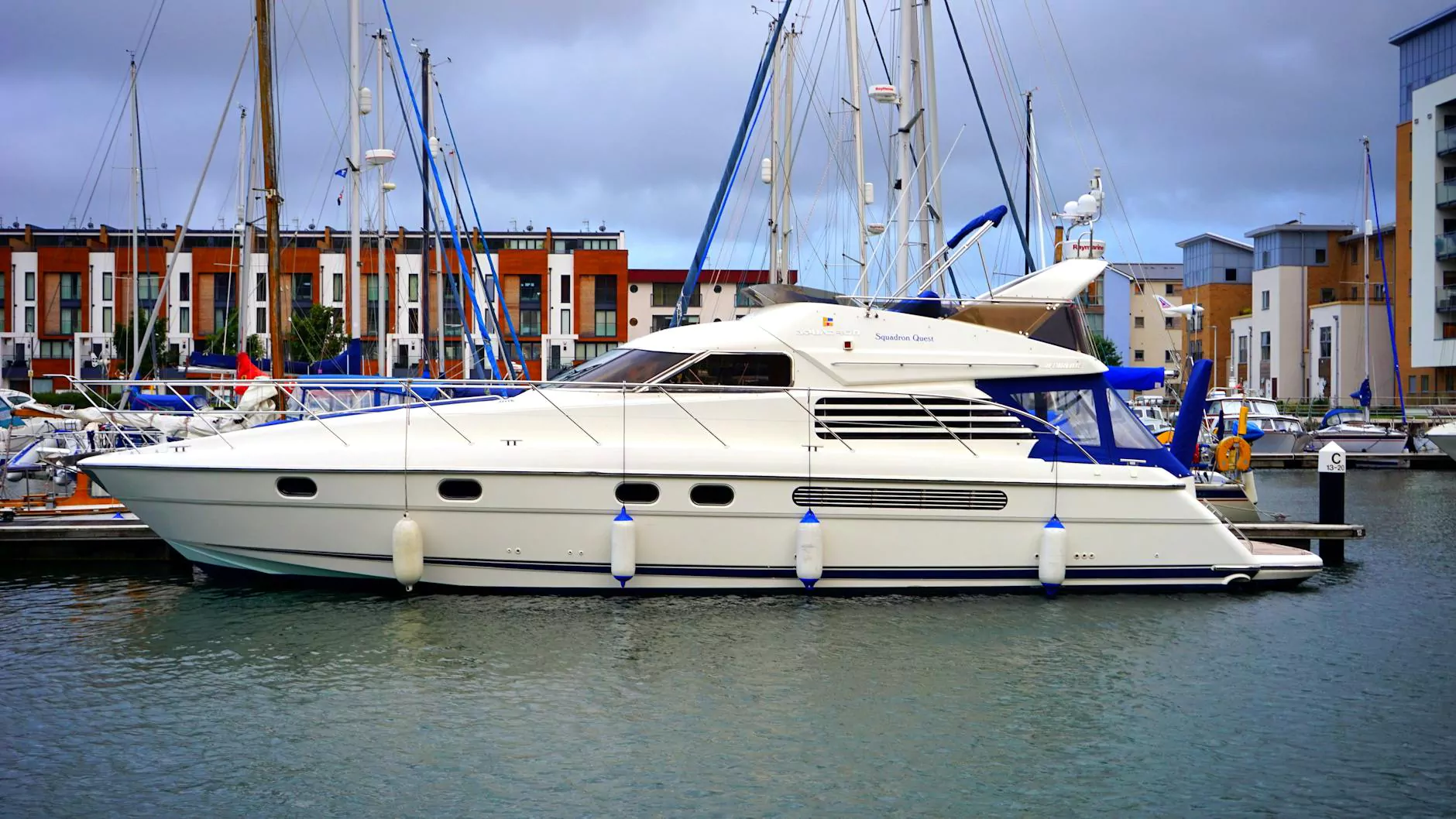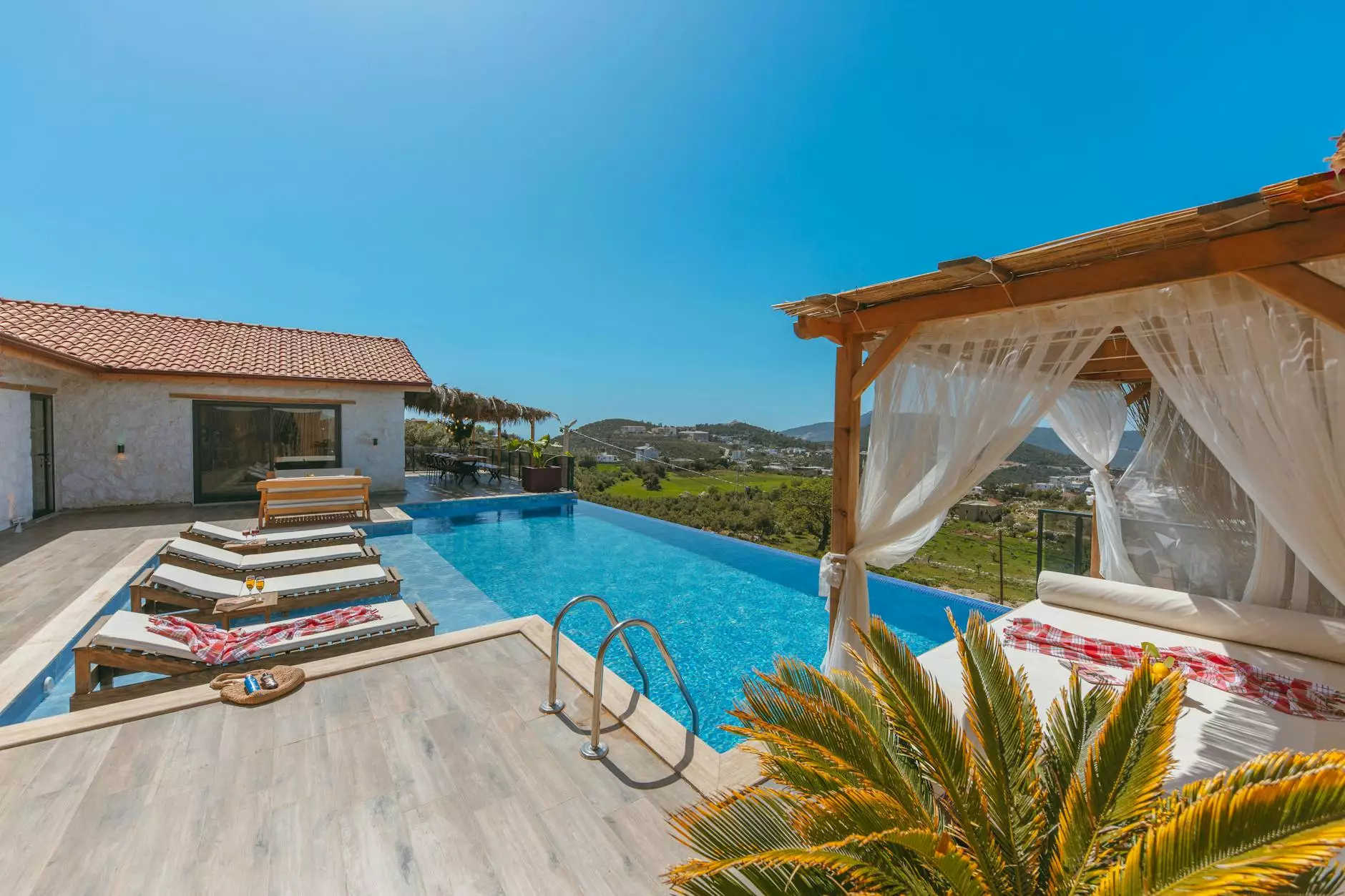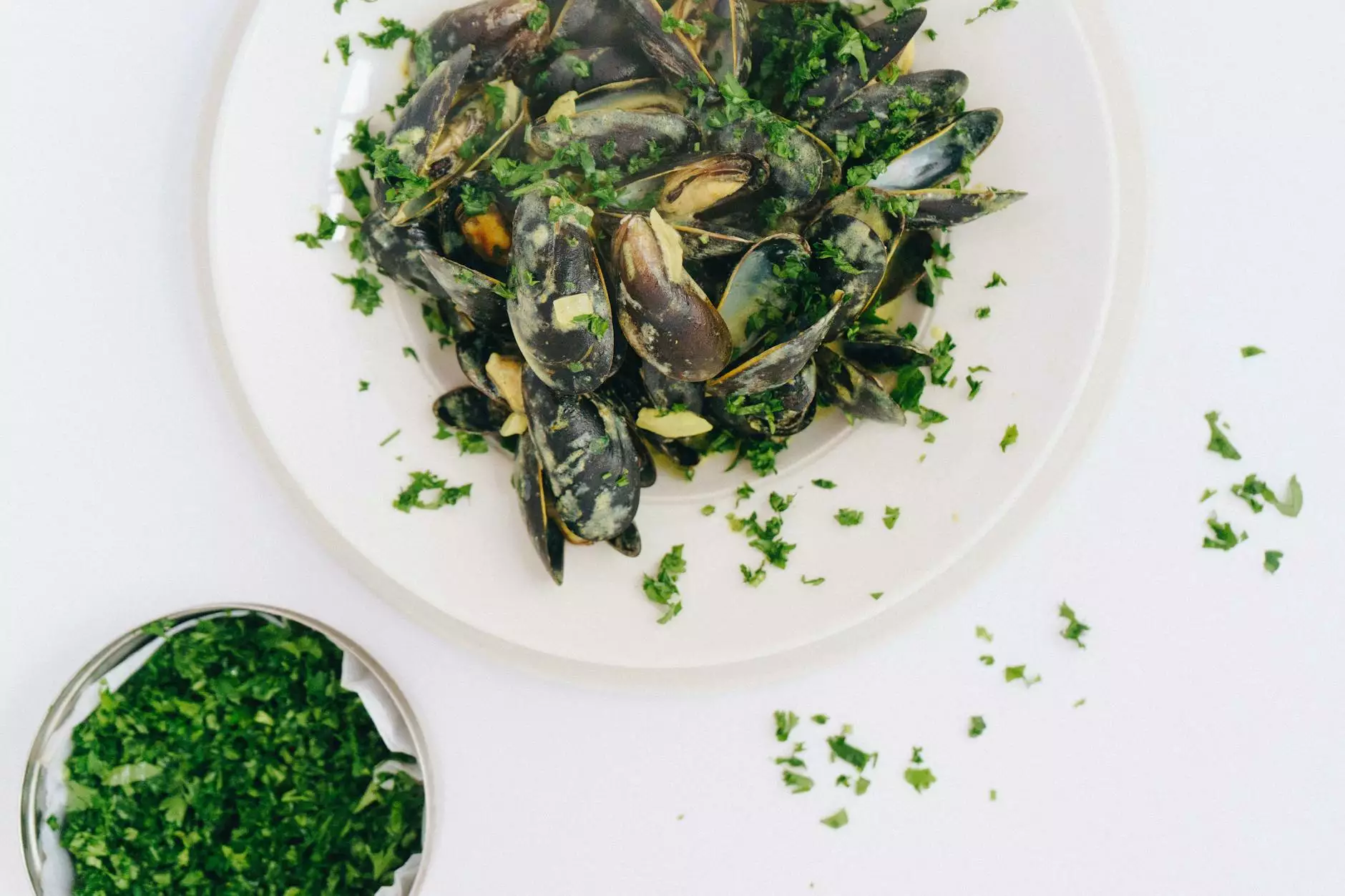The Ultimate Guide to Longboard Flex

When it comes to longboarding, one of the crucial aspects that can significantly impact your riding experience is the longboard flex. Understanding the concept of flex, its variations, and how it influences your performance on a longboard is essential for riders of all levels. In this comprehensive guide, we will delve into the world of longboard flex to help you make informed decisions when choosing the right board for your needs.
What is Longboard Flex?
Longboard flex refers to the amount of flexibility or give that a longboard deck possesses. It is determined by the materials used in the construction of the deck, the shape of the board, and the weight of the rider. A board with more flex will bend more easily under pressure, providing a smoother and more responsive ride, particularly when carving or cruising. On the other hand, a stiffer board offers more stability and control, making it ideal for downhill racing and higher speeds.
Types of Longboard Flex
There are generally three main types of longboard flex:
- Soft Flex: Longboards with soft flex are more pliable and bend easily. They are suitable for riders who prefer a surf-like feel while cruising, carving, or dancing on their longboard. Soft flex boards absorb vibrations and bumps on the road, providing a smooth and comfortable ride.
- Medium Flex: Longboards with medium flex offer a balance between responsiveness and stability. They are versatile boards that cater to a wide range of riding styles and skill levels. Medium flex boards are suitable for cruising, freeriding, and basic downhill maneuvers.
- Stiff Flex: Longboards with stiff flex are rigid and less prone to bending. They are designed for riders who prioritize speed, control, and stability. Stiff flex boards excel in downhill racing, fast freeriding, and sliding, offering enhanced precision and power transfer.
Factors Influencing Longboard Flex
Several factors contribute to the flex of a longboard:
- Deck Material: The material used in the construction of the deck, such as maple, bamboo, or carbon fiber, plays a significant role in determining the flex of the board.
- Deck Shape: The shape of the deck, including concave, camber, and rocker, influences how the board flexes under pressure and affects the rider's performance.
- Rider Weight: Heavier riders may require a stiffer board to prevent excessive flexing, whereas lighter riders may benefit from a softer flex for increased maneuverability.
- Riding Style: The type of riding you prefer, whether cruising, freeriding, downhill, or dancing, will also dictate the ideal flex for your longboard.
Choosing the Right Longboard Flex
When selecting a longboard, it is essential to consider your riding style, skill level, and personal preferences to determine the most suitable flex for your needs. Here are some tips to help you choose the right longboard flex:
- Experiment: Try out different flex options to see which one feels most comfortable and responsive to your riding style.
- Consult Experts: Seek advice from experienced riders or visit a skate shop to get recommendations on the best flex for your skill level and intended use.
- Consider Your Weight: Ensure that the flex of the board is appropriate for your weight to achieve optimal performance and stability.
- Research Brands: Explore reputable longboard brands known for their quality decks with varying flex options to find the perfect match for your riding preferences.
Enhancing Your Riding Experience with Longboard Flex
Whether you are a beginner looking for a comfortable and forgiving ride or an experienced rider seeking precision and speed, understanding longboard flex is the key to unlocking your full potential on the board. By choosing the right flex that complements your riding style and preferences, you can enhance your overall longboarding experience and enjoy countless hours of fun and excitement on the pavement.
Conclusion
Longboard flex plays a crucial role in determining the performance, comfort, and responsiveness of your longboard. By familiarizing yourself with the different types of flex, the factors that influence it, and how to choose the right flex for your needs, you can elevate your longboarding skills and enjoyment to new heights. Remember that the perfect flex is a personal choice based on your riding style, weight, and preferences, so don't be afraid to experiment and find the ideal match for you.









